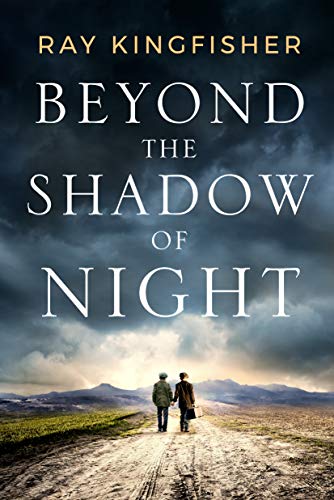Beyond the Shadow of Night
Pittsburgh, 2001. Diane Peterson returns home after a night out with her boyfriend. She is horrified to see her aged father slumped on the kitchen table in a pool of blood, shot through the head. Soon, a 78-year-old man turns himself into the police station and confesses to the murder. Diane is perplexed and wants to know the motive for the man’s action.
Back in 1923 in Dyovsta, Ukraine, two families operate a farm, and a son is born in the same week to each family. The children, Asher Kogan, who is Jewish, and a Christian boy, Mykhail Petrenko, grow up like brothers. But in 1936, due to the worsening political situation in Russian-occupied Ukraine, the Kogans move to Warsaw. After WWII breaks out and the Germans invade Poland and later Ukraine, both families are adversely affected. Asher suffers in the Jewish ghetto and later in a concentration camp. Likewise, Mykhail becomes a German POW and subsequently arrives in a concentration camp. While they could have perished like countless others, fate brings them together again.
Ray Kingfisher’s addition of a murder mystery into what is essentially a Holocaust story adds to the novel’s appeal. Although the narration moves between the contemporary USA and wartime Europe, the use of clear chapter subheadings stating the date and location keeps the reader oriented. We are provided with subtle clues about the murder, which is not resolved until the ending. While this format for a historical novel might not appeal to some, it does add to the drama. The descriptions of the ghastly life in the Jewish ghetto and the extermination camps might disturb readers, but the inclusion of romance adds some harmony into the narrative. The novel also examines the philosophical question about whether it is acceptable to assist an enemy to save oneself.










